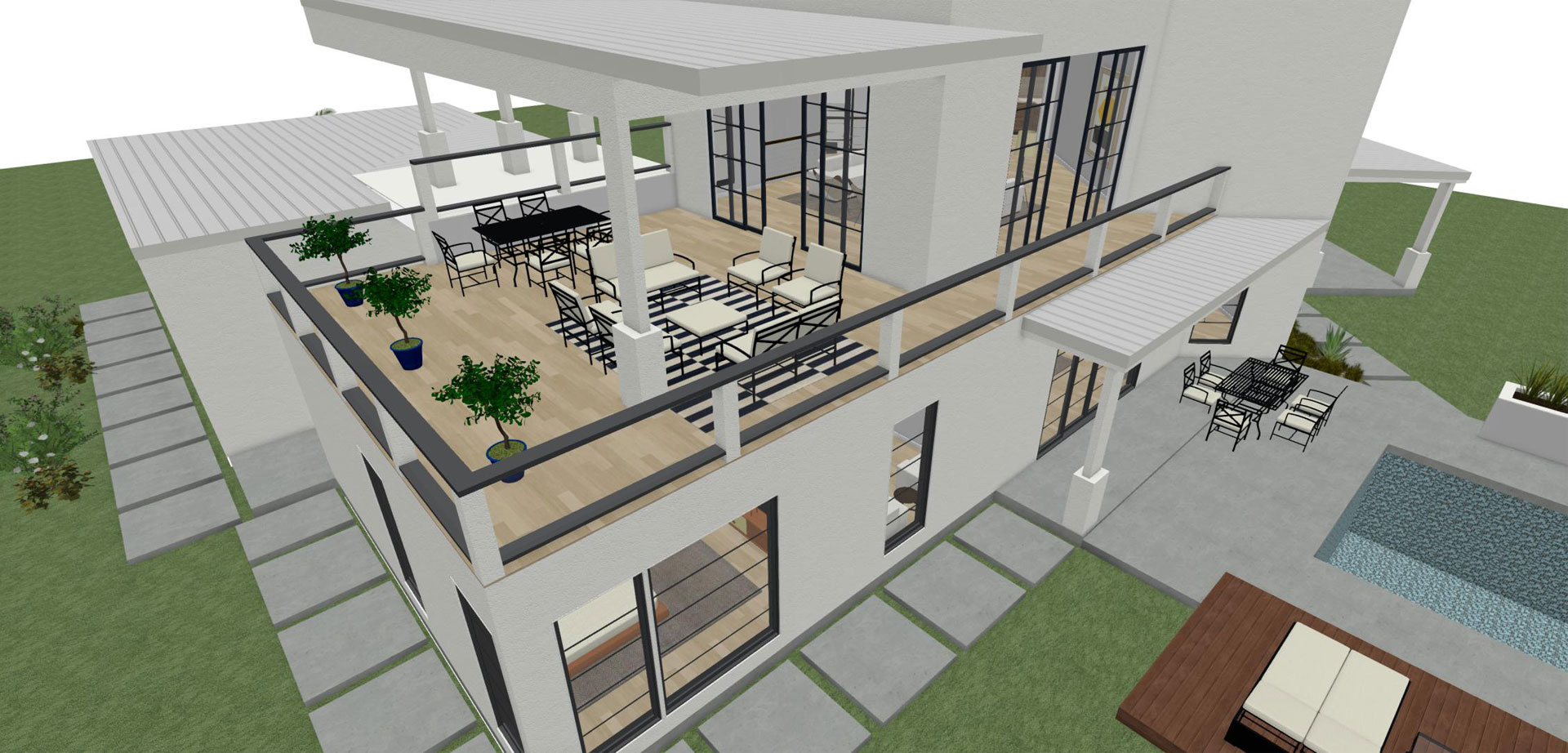Transforming Rooms: The Vision of CDA Architects for Modern Living
The Essential Function of an Architect in Forming Lasting Urban Settings for Future Generations
The function of an architect in crafting lasting city environments is progressively critical in responding to the difficulties of climate adjustment and urbanization. By seamlessly incorporating ecological concepts into their styles, designers not just enhance the aesthetic and practical quality of metropolitan spaces yet likewise address pressing problems such as energy performance and social equity.
Comprehending Sustainable Urban Layout
Sustainable urban style integrates ecological concepts with city planning to develop atmospheres that are not just livable but also resistant. This strategy emphasizes the significance of including all-natural systems into the urban material, ensuring that development meets the demands of today without jeopardizing the ability of future generations to satisfy their very own requirements. Crucial element of lasting urban layout include reliable land usage, the promo of biodiversity, and the combination of green rooms, all of which add to boosted lifestyle for residents.
Additionally, lasting metropolitan style prioritizes the decrease of the city heat island impact, enhanced air quality, and effective stormwater management. It urges the usage of renewable sources and energy-efficient structure practices, which considerably reduced carbon footprints. Sustainable urban layout cultivates social equity by developing accessible public areas and promoting mixed-use developments that provide to varied populations.
Via thoughtful preparation and cutting-edge design methods, lasting city atmospheres can boost community resilience versus environment change while fostering economic advancement. This holistic strategy not only addresses instant city challenges yet additionally lays the groundwork for much healthier, more lasting cities for generations to find.
Trick Responsibilities of Designers
Designers play an essential duty in forming lasting city atmospheres by converting style concepts into tangible frameworks and spaces. Their duties incorporate a variety of activities that contribute to the general success of metropolitan layout tasks.
First and leading, architects conduct comprehensive site analyses to understand the ecological, social, and cultural context of their jobs. This fundamental expertise notifies their design choices, making sure that buildings balance with their surroundings. They also involve in collaborative procedures with stakeholders, including city coordinators, designers, and the area, promoting a comprehensive method to urban advancement.
Additionally, designers are charged with developing layouts that enhance energy performance, source conservation, and performance. They have to stick to local zoning regulations, constructing codes, and sustainability accreditations, making certain compliance while pushing the boundaries of innovation.
Moreover, designers are accountable for managing the layout process, coordinating with various specialists throughout the building phase to ensure that the vision is understood accurately (cda architects). Inevitably, their role is not exclusively regarding visual appeals; it is concerning producing resistant, adaptive areas that improve the top quality of life for current and future generations, laying the groundwork for lasting city living
Innovative Materials and Techniques

Furthermore, improvements in technology have led to the growth of high-performance products, such as shielded concrete forms (ICFs) and solar glass, which add to power conservation and harness renewable resource. Techniques such as passive solar design and eco-friendly roofings even more exhibit exactly how style can integrate with natural systems, reducing dependence on artificial cooling and heating.
Additionally, my website the integration of like it clever materials, which adapt to ecological adjustments, supplies appealing methods for enhancing structure efficiency. These products can react to temperature level variations or moisture levels, maximizing comfort and sustainability.
Inevitably, the calculated choice and application of innovative materials and methods equip designers to produce metropolitan rooms that are not only useful and aesthetically pleasing yet also resilient and environmentally responsible, guaranteeing a sustainable future for generations ahead. cda architects.
Neighborhood Involvement and Cooperation
The success of cutting-edge materials and techniques in sustainable metropolitan style is substantially improved by energetic area involvement and cooperation. Engineers should acknowledge that the constructed setting exceptionally influences the lives of regional citizens, making it necessary to involve them in the layout process. Involving the community fosters a feeling of possession and accountability, making sure that growths not only meet visual and practical requirements however also reflect check my site the values and ambitions of those who populate them.

Effective area involvement also assists in prioritizing social equity within urban advancement. By taking into consideration the voices of marginalized populaces, designers can produce rooms that are comprehensive and fair. By doing this, neighborhood interaction and partnership come to be essential to achieving really lasting city environments that serve the requirements of present and future generations.
Future Fads in Sustainable Style
An emerging concentrate on adaptive reuse and circular economy principles is readied to redefine the landscape of lasting design. As cities come to grips with raising population thickness and ecological obstacles, architects are increasingly transforming to approaches that enhance existing frameworks instead than seeking new builds. This approach not just maintains cultural heritage but likewise dramatically lowers resource consumption and waste.
Additionally, innovations in innovation are shaping future patterns in lasting design. The integration of smart materials and structure systems permits real-time power monitoring, boosting effectiveness and decreasing carbon footprints. Developments such as eco-friendly roofing systems, living walls, and energy-generating exteriors are ending up being standard techniques, better promoting ecological equilibrium within city settings.
In addition, a shift in the direction of biophilic style is gaining grip, highlighting the link in between nature and human well-being. By integrating natural elements, engineers produce spaces that promote psychological health and wellness while promoting biodiversity.
Final Thought
Finally, engineers are essential in advancing sustainable urban environments via their experience in layout, cutting-edge products, and community engagement. By focusing on energy performance and resource conservation, these professionals add to the creation of resilient metropolitan rooms that fulfill the demands of present and future generations. The integration of environmental concepts not just enhances livability but likewise cultivates social equity, making sure developments resonate with the values and ambitions of the areas they serve.